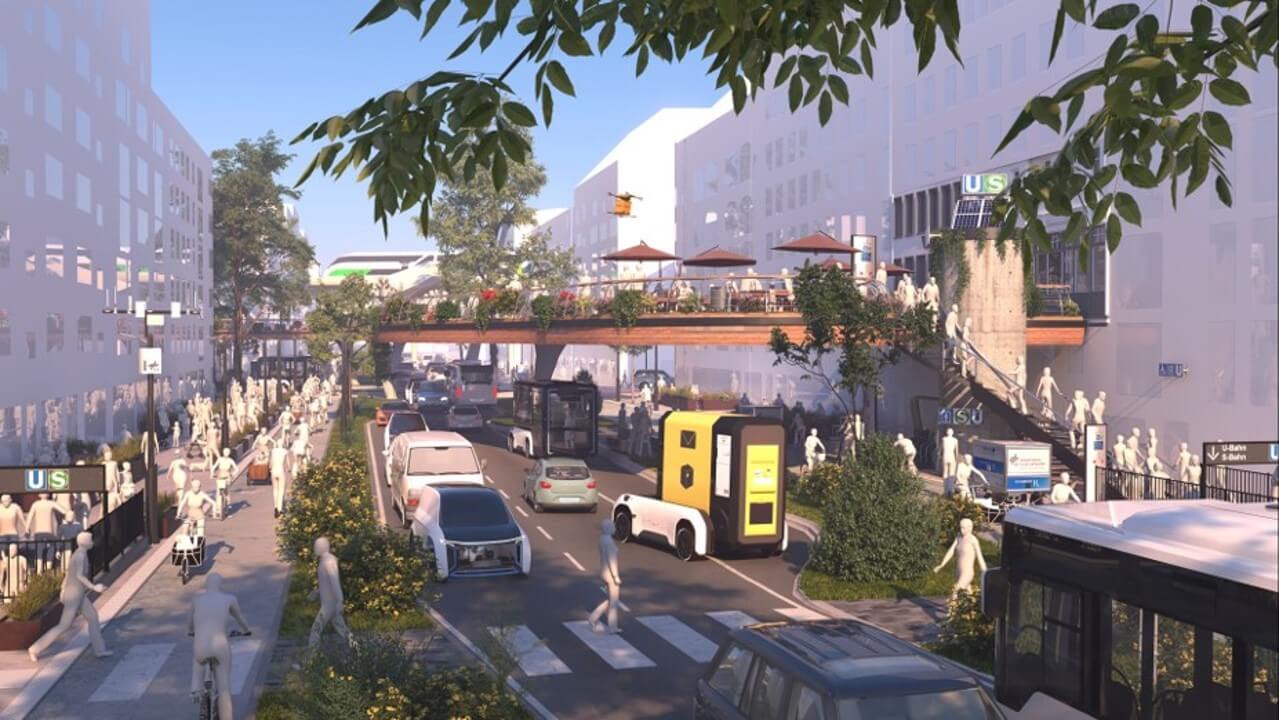Objective
We explore the potential of quantum computers for highly relevant and critical application problems from mobility. For this purpose, we develop customised quantum algorithms and demonstration problems and implement them on the quantum computing hardware at the Innovation Centres.
We use quantum computing for mobility applications through collaboration between industry partners and DLR institutes. These include strategic and tactical planning processes in air transport, optimization problems in demand-driven traffic in road transport, planning and dispatching processes in rail transport, route and trajectory optimization in highly automated/autonomous systems in maritime transport, and optimization of multidimensional logistics networks in intermodal transport. We implement simplified demonstration problems on the quantum computing hardware at the DLR Innovation Centers. The project results are incorporated into the Quantum Computing and Mobility roadmap.
Motivation
The mobility sector is currently undergoing a major shift: New technologies and intelligent transport systems are quickly presenting challenges that cannot be fully foreseen. In addition, climate change requires energy efficiency, for example in the management of routes and traffic flows, demand-oriented transport or logistics. The problems selected in QCMobility are issues that are already very important and will become even more important in the future as a result of more flexible or highly automated traffic systems. So far, complete solutions to these problems that take all boundary conditions into account are not possible. This is where quantum computing can provide new approaches that offer a quantum advantage, for example, in solving multidimensional optimization problems. The use of these methods must be tested promptly in order to support a transformation in the mobility sector.
Challenge
In the mobility sector, potential run-time advantages of quantum computers are extremely relevant both for time-critical problems and for problems where high levels of complexity must be taken into account. These benefits are particularly important if, as in the case of trajectory optimisation, it is to be used to avoid critical situations in real time, such as conflicting trajectories between road users or dangerous weather phenomena. In the event of disruptions, such as a sudden route closure, it is also necessary to react in a time-critical manner in order to optimise alternative routes for traffic. The increase in complexity in route optimisation enables additional savings potentials in emissions or delay reduction.
By having partners with complementary expertise work together in QCMobility, we take into account the current state of the art science in mobility research and quantum computing and can subject the research results to a feasibility check.



